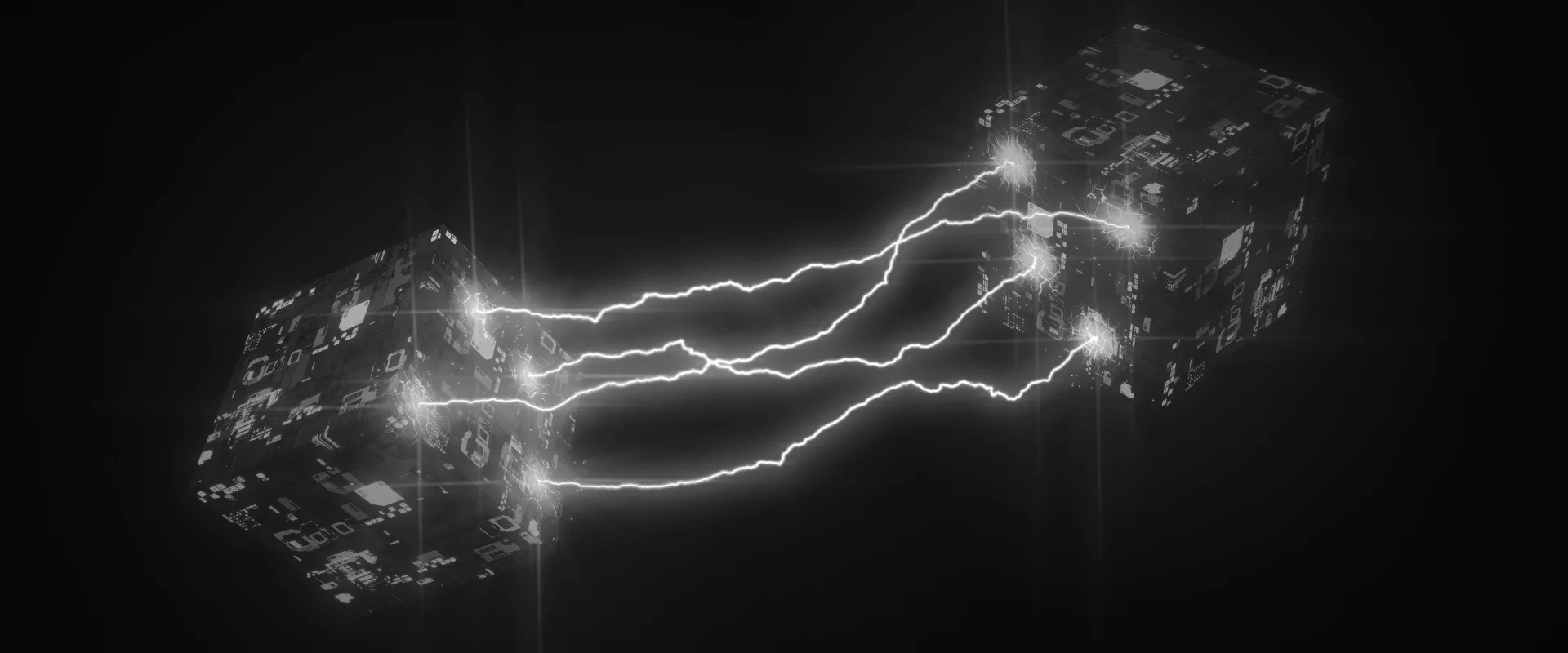
Frequently Asked Questions
Frequently Asked Questions about Energy Storage Systems for SME (small and medium-sized enterprises) and commercial use
An Energy Storage System (ESS) is a technological solution that enables the storage and later use of electricity, improving energy efficiency and the reliability of your operations.
Landport Energy’s ESS systems assist in managing peaks in electricity demand, reducing energy costs, and enhancing power supply reliability, all beneficial for your business outcomes.
An ESS from Landport Energy can store excess power and utilize it during peak hours, potentially lowering the energy bill.
The lifespan of a battery storage system depends on the number of cycles (charging and discharging). A reasonable life expectancy for an ESS, depending on usage, is around 8,000 cycles
Yes, ESS systems reduce dependence on fossil fuels and decrease CO2 emissions, contributing to a more sustainable business operation.
Yes, our ESS systems are carefully designed to ensure safety. They comply with rigorous standards and are installed by Landport Energy authorized installers.
The required space varies depending on the type and capacity of the ESS, but most systems are compact and can be installed in small spaces.
The primary benefits include reducing energy costs, improving power supply reliability, reducing peak loads, and minimizing environmental impact.
Yes, ESS systems can act as backup power sources, helping to keep your business running during power outages.
The capacity depends on your energy usage patterns. A professional energy audit can help determine the right capacity.
ESS systems reduce the need for fossil fuels and decrease CO2 emissions, contributing to a greener and more sustainable business operation.
Depending on the system’s size, your business setup, and location, regulations and permits might be necessary. It is crucial to consult local regulations and comply with any requirements. Your installer can assist with this.
Yes, Landport Energy’s ESS systems can integrate with existing solar energy systems to store generated energy for later use. Depending on the existing setup, a hybrid inverter might be necessary.
Yes, Landport Energy’s Energy Storage systems are highly adaptable to match your specific energy requirements and business conditions. Our Storage Specialists are available to assist you further.
An ESS stores energy for later use and can serve as a backup power supply, while a UPS is designed to provide immediate power during outages without energy storage.
Yes, there are off-grid ESS systems available that can be entirely self-sufficient and do not require connection to the electrical grid. For more information on such applications, please contact Landport Energy. Our Storage Specialists are ready to discuss this with you.
Landport Energy’s ESS systems come with monitoring software that allows you to track and manage performance, energy storage, and power consumption.
Yes, our ESS systems can integrate with various energy sources, including solar energy, wind energy, and the electrical grid, to provide optimal energy storage.
The lifespan of batteries in an ESS varies and is highly dependent on usage, typically aiming for a minimum of ten years or a specific number of cycles (energy throughput).
Yes, Landport Energy’s ESS systems can be used to charge electric vehicles, supporting your business in maintaining a green vehicle fleet.
ESS systems can enhance grid stability by reducing peak loads and preventing network overloads.
Lead-acid batteries are cheaper but have a shorter lifespan and lower energy density compared to lithium-ion batteries, which are more expensive but have a longer lifespan and can store more energy. Landport Energy’s energy storage systems operate with LFP batteries, which are lithium iron phosphate batteries. These lithium-ion batteries use lithium iron phosphate LiFe(PO4) as a cathode. A significant advantage is that LFP batteries have a long lifespan. Additionally, LFP batteries can handle power spikes well.
Yes, Landport Energy’s energy storage systems can be used to accommodate seasonal energy needs, especially for businesses reliant on tourist seasons.
Typical maintenance includes periodic checks and upkeep of the batteries, monitoring system performance, and executing software updates. We recommend establishing clear agreements with your installer for these tasks.

